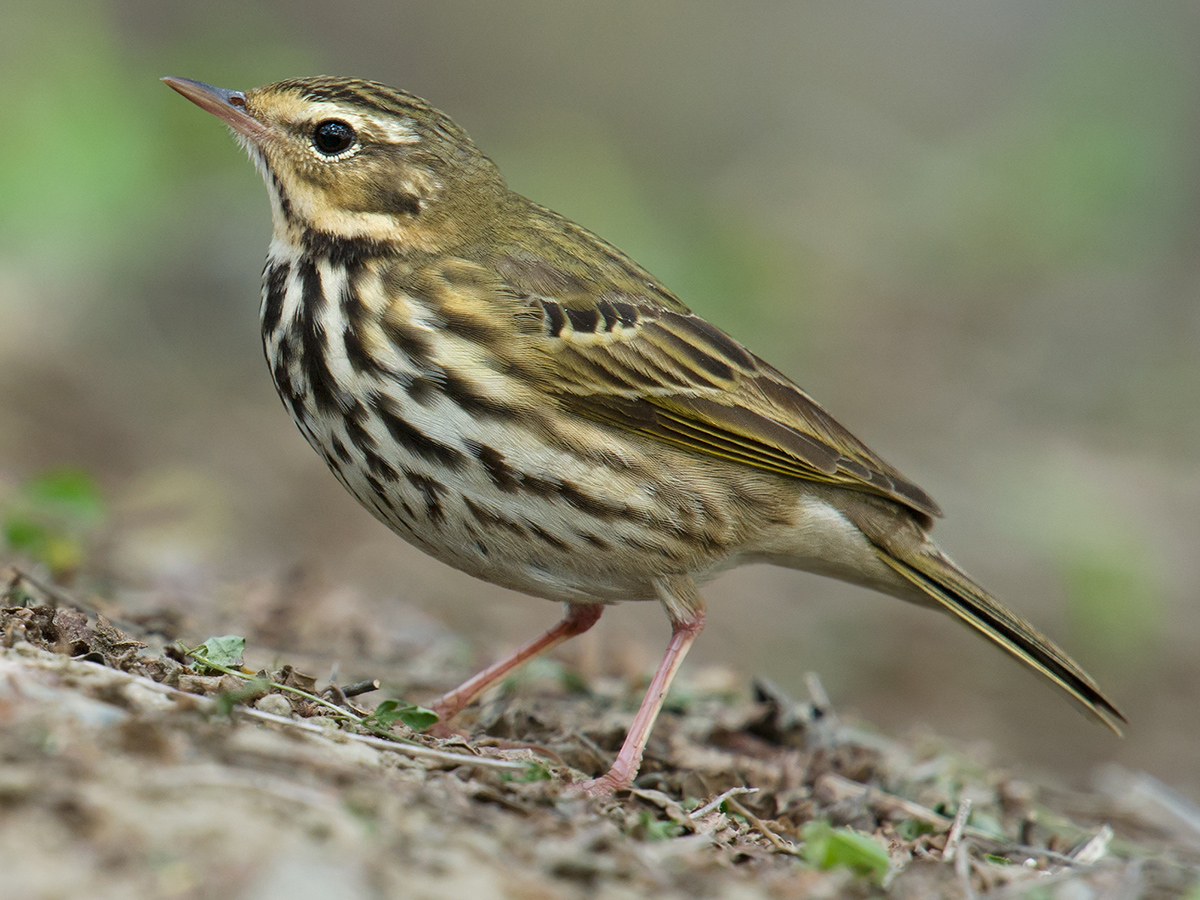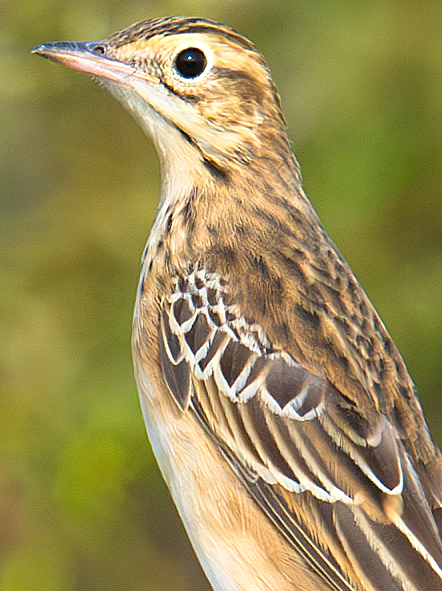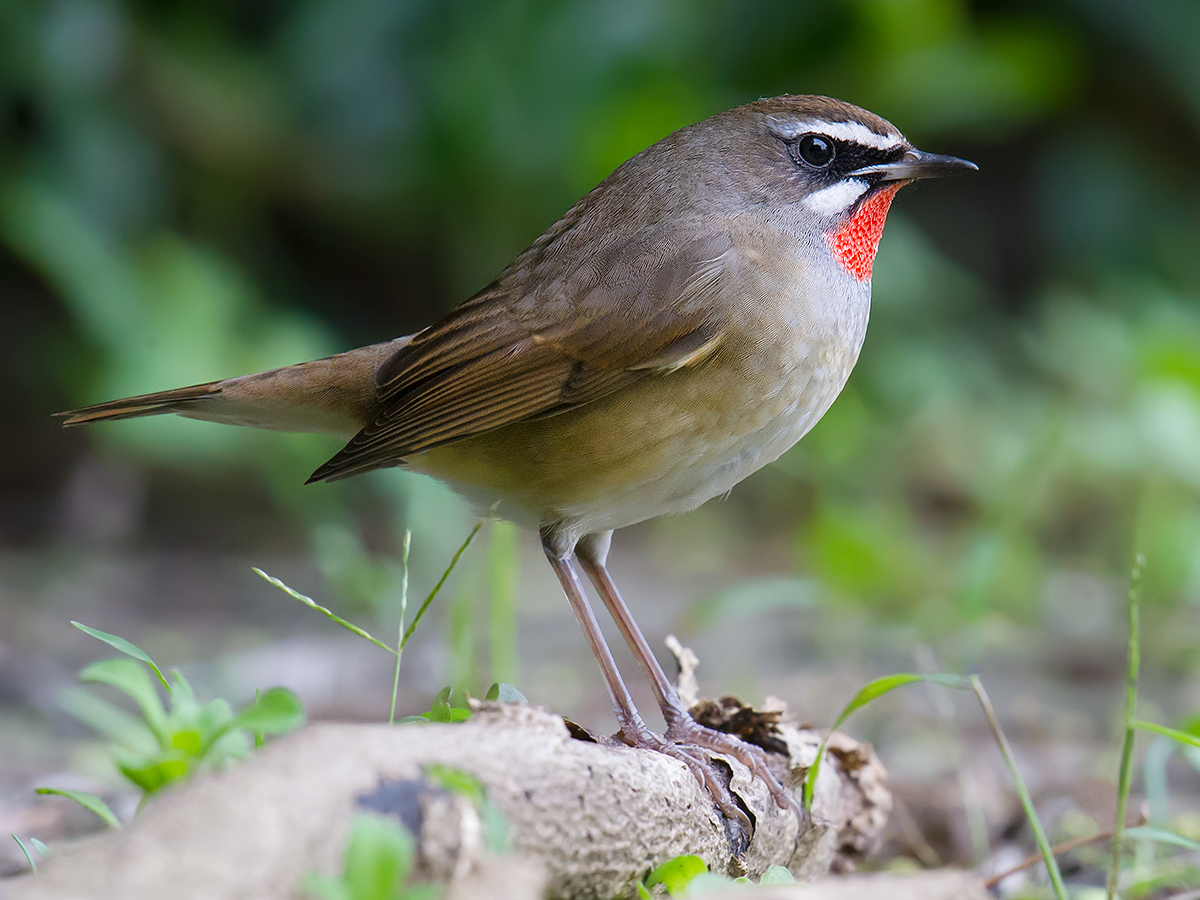
by Craig Brelsford
Founder, shanghaibirding.com
You know your birding area is rich when Nordmann’s Greenshank fails to capture the headline. On Sat. 29 Oct., the day Swinhoe’s Rail electrified Shanghai birders, my partners Michael Grunwell, Elaine Du, and I spotted the endangered Nordmann’s in the defunct nature reserve (30.920500, 121.973167) at Cape Nanhui. We speculate that Saturday’s adult-winter Nordmann’s is the same individual we saw in the area on 15 Oct. and 20 Oct. and possibly as far back as 17 Sept. and 3 Sept.
Other highlights Saturday were 54 endangered Black-faced Spoonbill found exclusively in the defunct nature reserve, further underscoring the critical importance of that highly threatened parcel of land. Joining Nordmann’s in the high-tide roost were 2 Ruff, a near-threatened Red Knot, and 2 of our day’s 4 Saunders’s Gull, a vulnerable species uncommon in Shanghai.
We had Japanese Grosbeak in Microforest 8 and Long-eared Owl at the Magic GPS Point (30.880563, 121.964551). Among our season’s firsts were 2 Tundra Bean Goose, Black-necked Grebe, 5 Goldcrest, Manchurian/Japanese Bush Warbler, 3 Brown-flanked Bush Warbler, and 2 Dusky Thrush. Buntings finally are arriving in numbers, with Yellow-throated Bunting (16) and Chestnut Bunting (3) debuting on our autumn list. We had a lucky 88 species in all.
Throughout the day, the effectiveness of the Cape Nanhui microforests was on display at Microforest 1 (30.923889, 121.971635). The tiny wood, which we visited off and on, was hopping with hungry migrants, grounded on a breezy day. Brambling, Daurian Redstart, and Yellow-bellied Tit were the tamest, but as the day wore on even shy species such as Japanese Thrush, Grey-backed Thrush, and Black-winged Cuckooshrike were coming into the open. Photographers were present, but no one was using mealworms; the forest birds were attracted solely to the habitat offered by a stand of trees no bigger than a tennis court.
Other microforests held Eurasian Woodcock, Japanese Paradise Flycatcher, Rufous-tailed Robin, Taiga Flycatcher, and White’s Thrush, Eyebrowed Thrush, and Pale Thrush. Dark-sided Flycatcher and Siberian Rubythroat were at the Magic Parking Lot (30.884898, 121.968229), Asian Stubtail at the Magic GPS Point.
We netted season’s first Buff-bellied Pipit during a 35-minute stop at the sod farm near Pudong Airport (31.112586, 121.824742). Red-throated Pipit were present in smaller numbers (3) than six days earlier.
PHOTOS
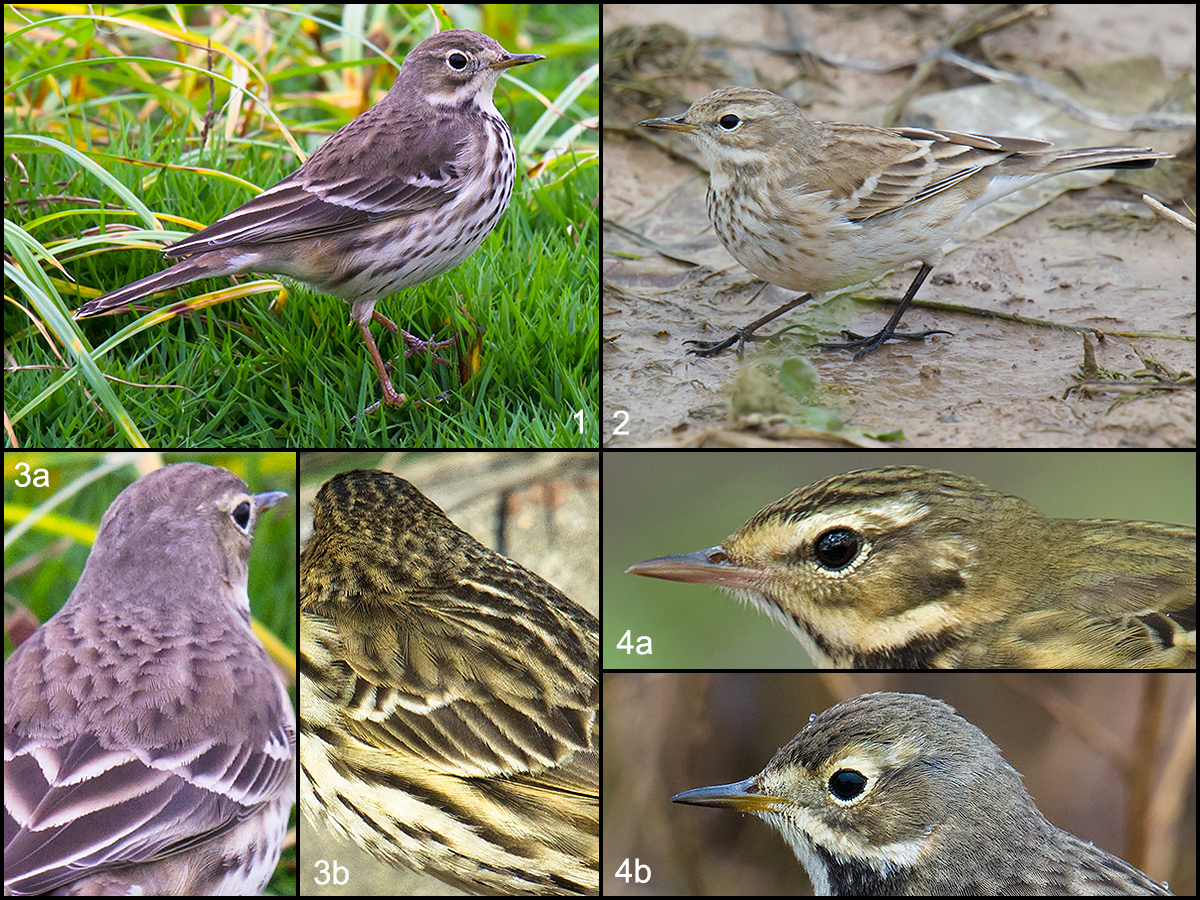
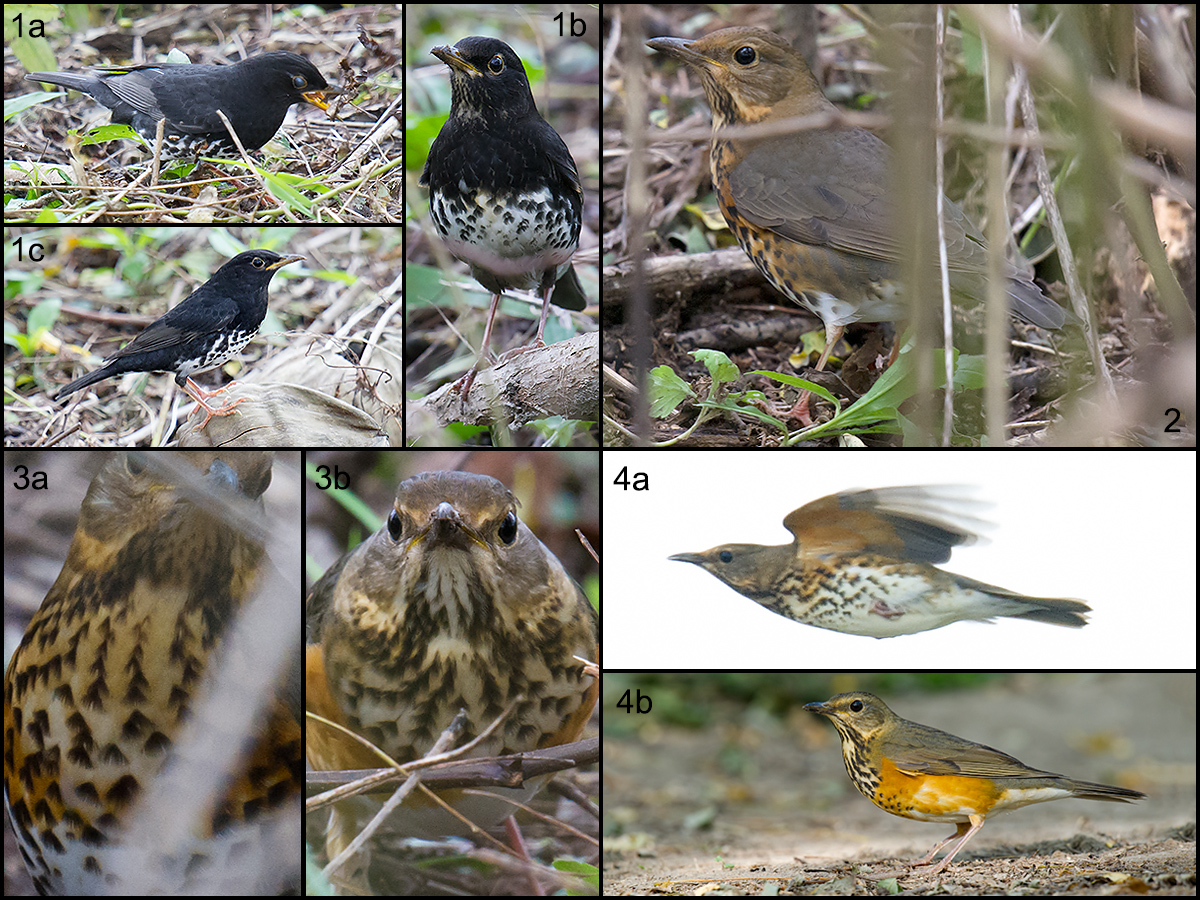
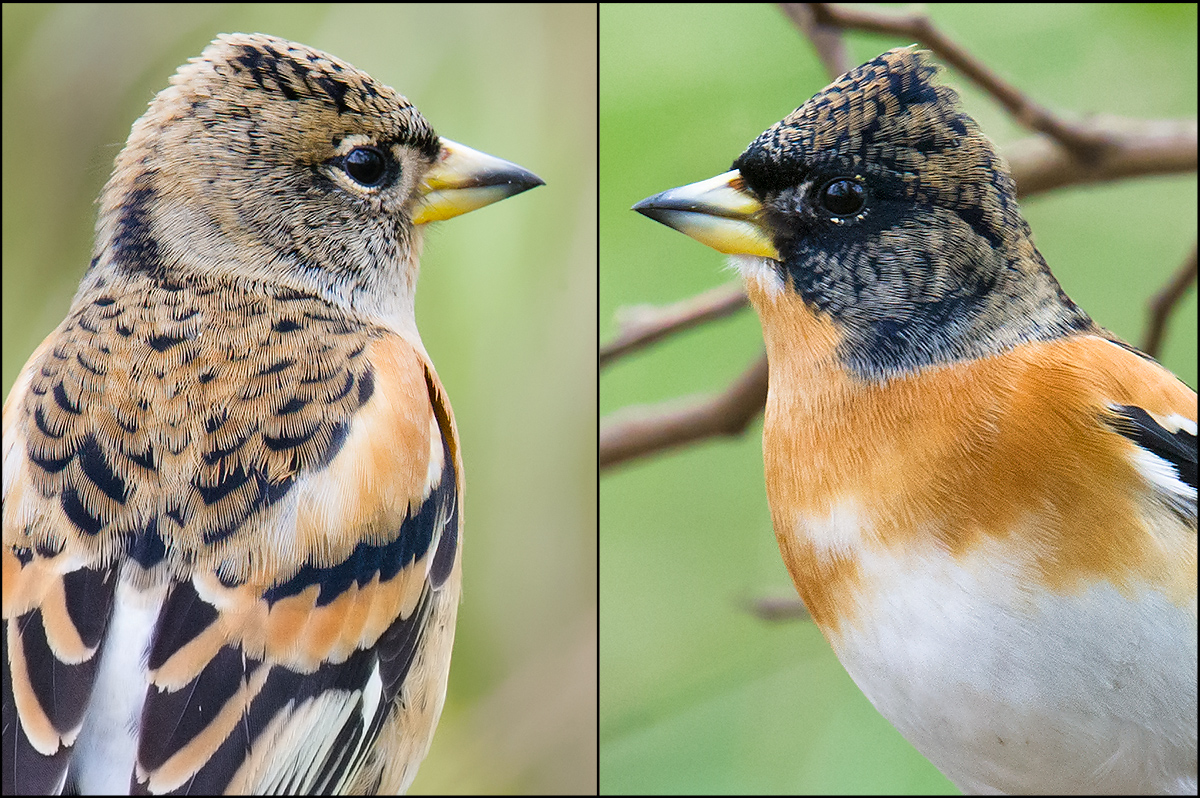
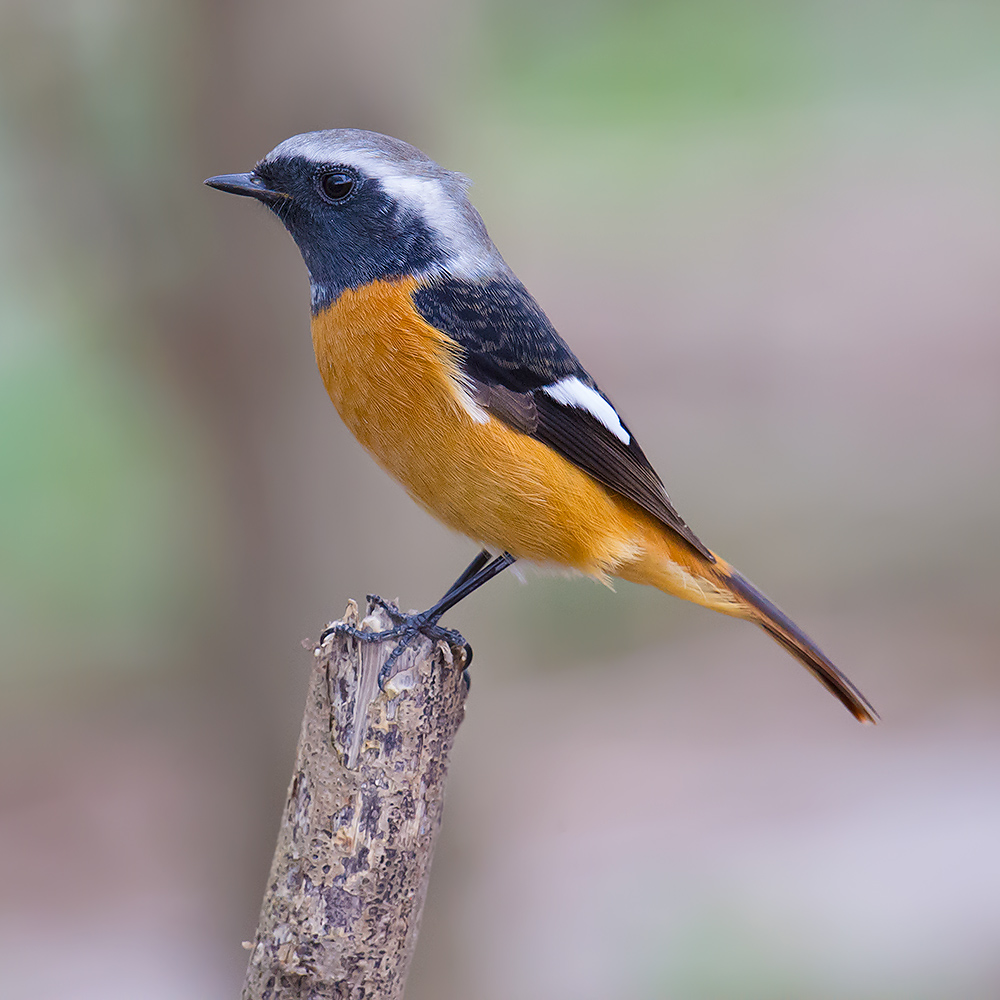
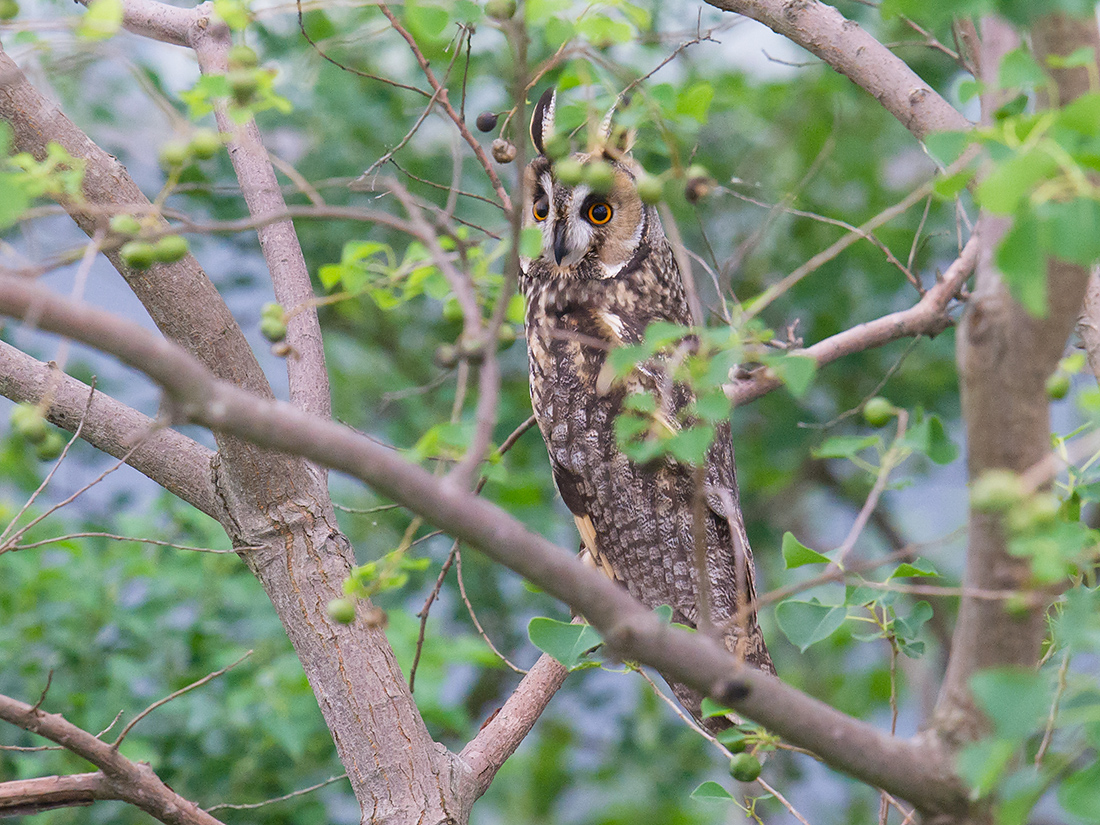
BIBLIOGRAPHY
Alström, Per, Krister Mild & Bill Zetterström. Pipits and Wagtails. Princeton University Press, 2003. This landmark book, co-authored by Shanghai Birding member Per Alström, is my first reference on all things Motacillidae. Of particular use was p. 56, “Water Pipit and Allies (in fresh winter plumage).”
Brazil, Mark. Birds of East Asia. Princeton University Press, 2009. Thrushes and pipits.
Svensson, Lars & Killian Mullarney & Dan Zetterström. Collins Bird Guide, 2nd ed. HarperCollins, 1999-2009. Outstanding illustrations of pipits by Mullarney.

